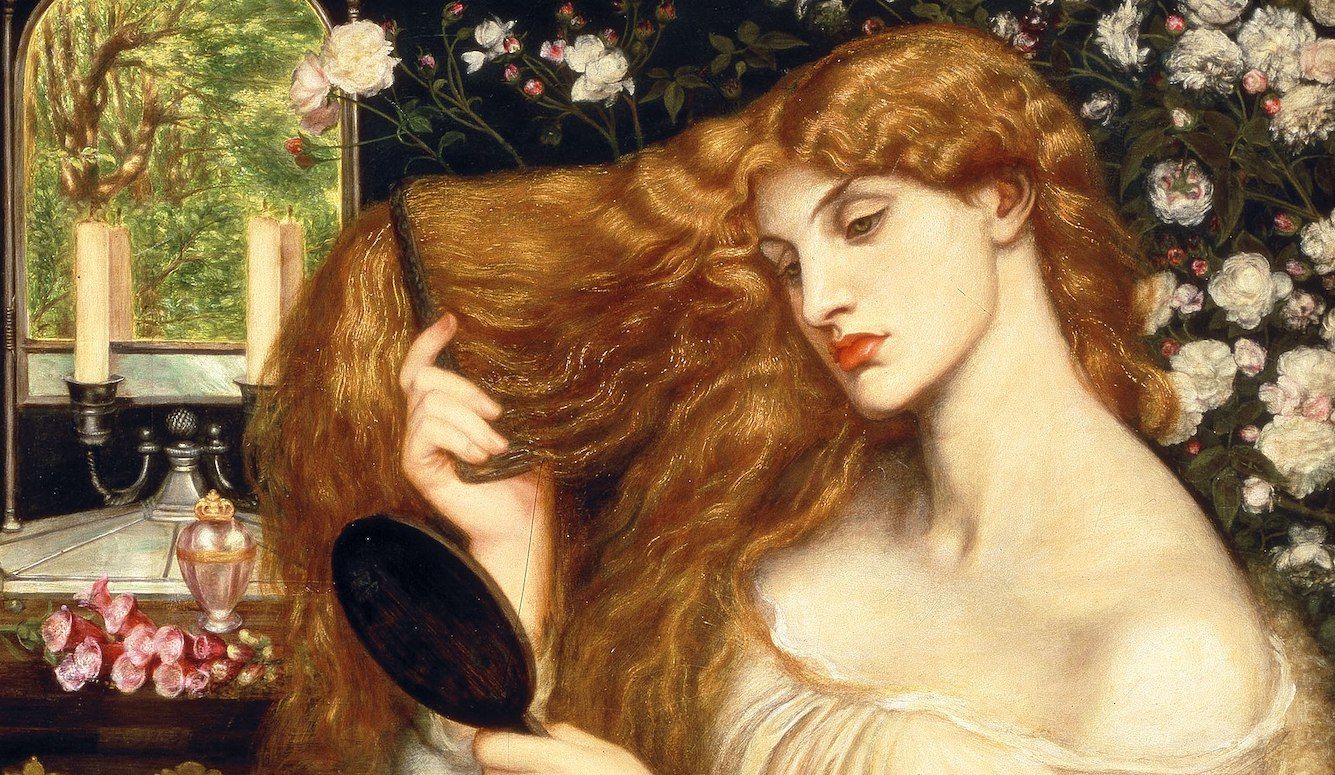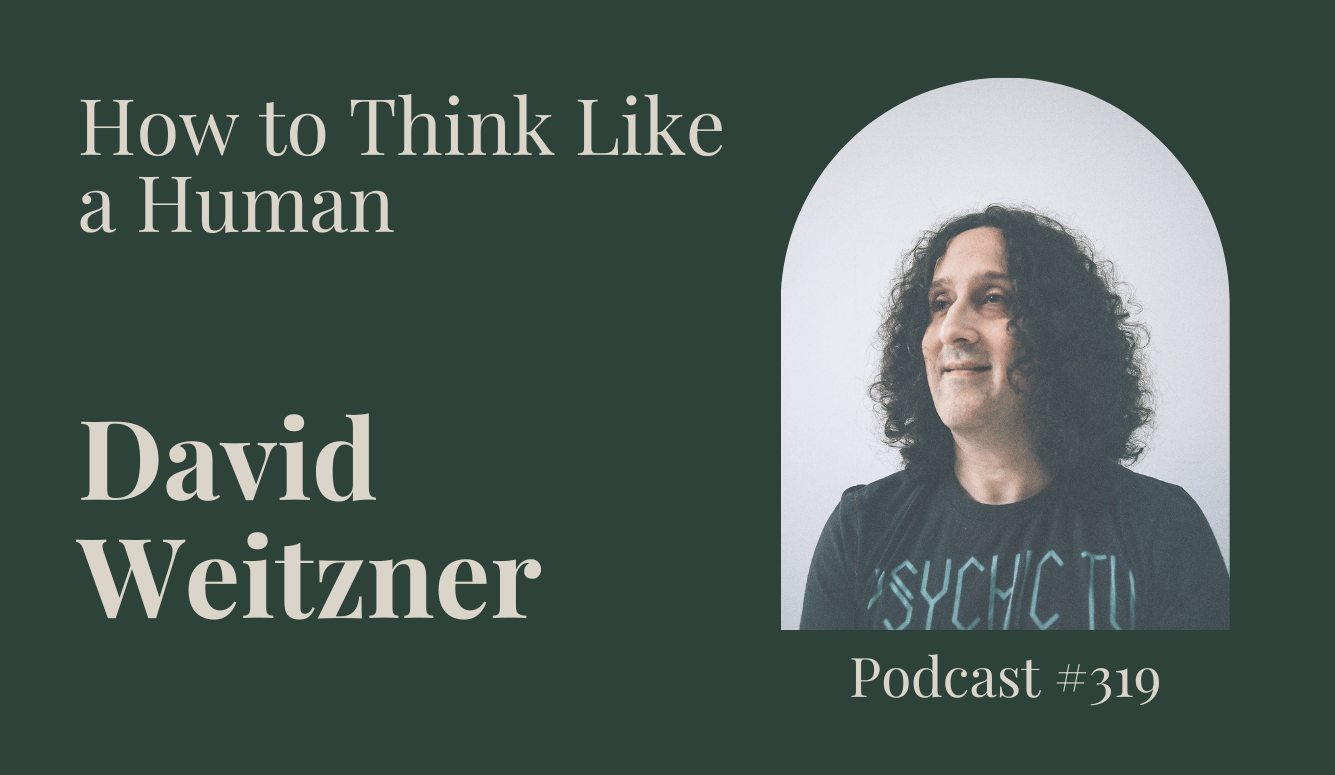History
Jeffrey Epstein and All the Others: An Explainer
Epstein’s crimes present an opportunity to consider larger historical, anthropological, cultural lessons about the seemingly endless, whack-a-mole reappearance of men with his obsessions.

Jeffrey Epstein is the model villain for this cultural moment. He stands at the nexus of three of our hottest flashpoints: male sexual assault, capitalism’s oligarchs’ greed, and corruption, and the vulnerability of children horribly mistreated in Manhattan townhouses and private Caribbean islands as well as along our Southern borders.
So it’s understandable that a lot of people have looked at Epstein’s venality primarily through the lens of these contemporary themes—understandable, but myopic. Epstein’s crimes present an opportunity to consider larger historical, anthropological, cultural lessons about the seemingly endless, whack-a-mole reappearance of men with his obsessions. The truth is the attraction of older males to young females on the cusp of maturity is not so much the story of rich capitalist scumbags exercising droight du seigneur, as it is a universal urge for reproductive success likely grounded deep in our primitive brains. This is in by no means to excuse or forgive any grown men who seek sex with young girls. On the contrary. They violate one of the modern world’s key moral principles. And therein lies a serious dilemma for post sexual-revolution, liberal-minded Americans.

Without a doubt, the parade of powerful men credibly accused of having sex with underage girls in just the past few years is enough to shock the most cynical: R Kelley and Roy Moore are only the boldest of the bold-faced recent examples. Their sexual preference is shared by many big wigs outside the decadent, capitalist West: Kim Jon Il, the father of Kim Jong Un, kidnapped a 15-year old from her classroom to use as his personal sex slave. Mao had a virtual harem of young teens when he was well into his 60s. Gandhi slept nude next to adolescent girls to test his vow of chastity. He passed his test, though notice that he seems to have believed teenagers represented the greatest sexual temptation.
But contra many of the recent takes on Epstein, the rich and famous are far from unique in their attraction to pubescent and post-pubescent girls. (I don’t include very young children in this discussion; pedophilia is rarer and far more inexplicable in evolutionary terms.) Sexual offenders of all ages and all classes prefer younger victims. Richard Felson of Penn State and Richard Moran of Mount Holyoke have uncovered data in Quillette showing that the highest risk of rape in the U.S. is during the high school years; even younger girls are at greatest risk of other sorts of sexual assault. A miniscule number of them flew to their assignations in private jets.
Ordinary men, from striving middle class to poor farmers, are drawn to post-pubescents across the globe. The sexual abuse of teenaged girls, usually by an older male relative, is commonplace in villages of Latin America, according to a European Union report; worse, girls above age 14, the age of consent in most countries in that part of the world, are viewed as at fault for any sexual contact including rape. Sex tourism remains a commanding height of the Thai economy. Men around the world—but especially from nearby Asian countries—take advantage of discount airlines to go to Bangkok where young girls (and boys) are hired to walk the streets or sit in go-go bars to service them. In Japan, “high school dating” does not refer to 10th graders who go to the movies together; it’s a phrase used to describe the many middle-aged men who pay girls to dress up in school uniforms and go out with them. Other salarymen simply go to peep shows to watch the girls in uniform taking poses that they request. The encounters in both cases commonly end in some form of sexual contact.
The neglected truth is that for most of recorded history, sexual relations with girls barely past puberty was widespread. For evolutionary foes, this observation is tantamount to giving the practice an all-clear. This example of what G. E. Moore labelled “the naturalistic fallacy” represents a commonplace misunderstanding of society’s role in constraining and shaping human urges. Affluent modern societies had the resources to provide a protected space for individual growth and development for children and, later, adolescents.
Up until the industrial era, such an idea would have made no sense. As soon as they were big enough to fetch water or hold the baby on a hip, sons and daughters were recruited to help maintain the family economy. Few children went to elementary school much less high school. No one could have imagined a half-child-half-adult stage of life—what we call adolescence—set aside for education and continuing adult protection. At puberty, children graduated directly from childhood to sexual maturity much as in the animal kingdom; in many cultures, girls were, and in many pre-industrial groups still are, being readied for a marriage bed. Never mind consent; their own desires were often of little consequence.
In fact, our enlightened notions of girls’ bodily autonomy and their right to freedom from sexual coercion were hard-fought ideals, emerging only gradually over the course of centuries primarily in the Anglo-American western world. English common law introduced the idea of statutory rape and criminalized sex with young girls as early as the 13th century. The British colonists imported these protections to America. (They would do the same when they settled in India in the 19th century, though the laws, violating ancient local traditions, were ignored especially in rural areas and among the poor.) Progressive as they were for their time, laws in early America were hopelessly lax by modern standards: they did not include slave girls and they deemed 10 and 12-year olds, depending on the state, capable of consent. Brides of 13 and younger were not uncommon in the 19th and even early 20th century, particularly in the Southern states.

The social purity movement was a late 19th-century social movement that sought to abolish sexual activities that were considered immoral according to Christian morality.
It wasn’t until the later 19th century, that the sexual vulnerability of adolescent girls got the sort of attention that is a moral imperative for us. That attention, again primarily in England and the U.S, took the form of the very quaint sounding “Social Purity Movement,” whose membership eventually joined ranks with the better-known temperance and suffragette activists. The movement consisted of church leaders, early feminists and other moral reformers. Their goal was to attack “male depravity” by ending prostitution and by raising the age consent to 18; in both countries, resistance was strong enough that crusaders were eventually forced to settle for age 16, the most common age of consent in the United States today.
Most of the purity warriors were women from the ranks of America’s growing middle class. They were especially on guard against working class immigrants crowding America’s cities. The greenhorns’ rough manners grated against the reformers’ bourgeois sensibilities, but they also were onto something: single women, many of them quite young, with no other means of support were taking to the streets of urban working class districts and to the lumber camps of northern Michigan and the mining districts of the West. If the activists could be priggish about sex and bigoted towards working class immigrants—especially immigrant men—their sensitivity to exploitation and women’s right to autonomy represented a great moral leap forward, widening the arena of public sympathy and respect. Those ideals became consensus in most of American and English society for at least a half century.
Does that consensus still exist today? The outrage over Epstein, R. Kelly, et. al. suggests it does. But since the sexual revolution of the 1960s, the taboo against sex with minors has had to wrestle with the sometimes-foe of sexual liberation. Some sexual revolutionaries took the new freedom as permission to enjoy time with “jailbait,” a term that would take on an ironic tinge as norms liberalized. Rock stars were at the forefront of that liberalization: David Bowie notoriously deflowered a middle schooler named Lori Mattix; a member of a posse of known in LA as “baby groupies” she also slept with Jimmy Page and Mick Jagger among other counter-culture celebrities. When the Rolling Stones sang “I can see that you’re fifteen years old/ No, I don’t want your I.D.” in “Stray Cat Blues,” they weren’t just whistling Dixie. Some radicals at the time—the North American Man-Boy Love Association or NAMBLA was the most prominent— promoted legalizing pedophilia. In 1977, Michel Foucault, Jean-Paul Sartre, Jacques Derrida, Simone de Beauvoir and dozens of other French intellectuals lobbied the French government to abolish age of consent laws and to decriminalise ‘consensual sex’ between adults and minors under the age of fifteen. In response to a trial of three Frenchman accused of having sex with 13 and 14 year old boys, 69 French intellectuals signed a petition arguing for their release. German radicals, including Daniel Cohn-Bendit, now a prominent EU politician, said kindergarten teachers should encourage sexual exploration. “You know, a child’s sexuality is a fantastic thing,” Cohn-Bendit said on French television in 1982 according to Spiegel Online. “When a little five year old girl starts undressing, it’s great, because it’s a game. It’s an incredibly erotic game.”

The earlier sisterhood would have called for smelling salts had they known all this, but second wave feminists were more conflicted. They saw freedom from male exploitation and control a crucial tenet of women’s liberation, but they viewed women and girls’ ability to “explore their sexuality” as an equally important moral imperative. Perhaps predictably, men who agreed with the latter were prone to paying only lip service to the former. It wasn’t just rock stars who gamed “consent” with naïve and inexperienced flower children. The feminist, social critic Rebecca Solnit wrote about growing up near San Francisco in the 1970’s: “…once you were twelve or so hippie dudes in their thirties wanted to give you drugs and neck rubs that were clearly only the beginning, and it was immensely hard to say no to them. There were no grounds. Sex was good; everyone should have it all the time; anything could be construed as consent; and almost nothing meant no, including ‘no.” Coincidentally, or not, these were the years the Coney Island-born Jeffrey Epstein, son of a groundskeeper and a housewife, was elbowing his way into elite Manhattan private schools and finance circles and eventually, the sordid world of sex-trafficking.
Now Epstein and the others find themselves caught in a #Metoo moment when the balance between sexual freedom and adolescent vulnerability is being re-calibrated yet again. It turns out to be a tricky task. Judging from the uproar, most of us would like to see Epstein spending a very long time upstate, as we New Yorkers say about the state prisons. At the same time Teen Vogue -target audience girls, 11 to 17—publishes an article on the pleasures of anal sex: “It is often described as a feeling of fullness, which can be delightful…It’s NOT a big deal.” Do we condemn Conde Nast, or applaud them for “empowering … young adults to do what they want with their bodies” or pretty much ignore the whole thing as, with a few exceptions, seems to have happened. Similar questions apply to Desmond Napoles, a pre-teen “drag kid” who has performed in gay bars and has been the subject of an admiring profile on “Good Morning America” as well as a celebratory blog post by a convicted pedophile. When is a child fully capable of autonomy? Age of consent is inevitably arbitrary—you may have in mind a mature, thoughtful 16 year-old and her long-term 17 year old boyfriend while someone else is thinking of a manic-depressive, boundary-pushing girl with a daddy hang-up of that age. How, in this post sexual-revolution era, do we etch out laws and policy, not to mention norms, that apply to both?
Most people are not ambivalent about Jeffrey Epstein’s case. The same cannot be said about the many questions it puts before us.
Correction: An earlier version of this article listed Roman Polanski as being among those “credibly accused of sex with underage girls in recent years.” Polanski committed a sex offence in 1977 but has not been accused in recent years. Quillette regrets the error.






